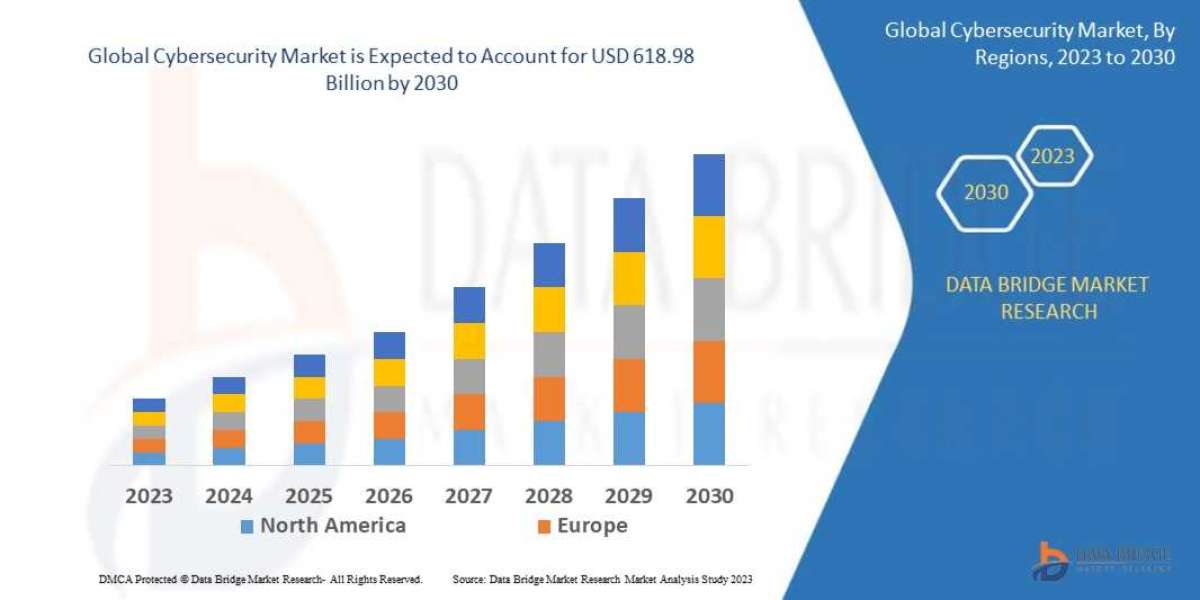Introduction
A Smart Office leverages Internet of Things (IoT) devices, automation, and data analytics to create a responsive, efficient, and comfortable work environment. By integrating connected sensors, smart lighting, climate control, and collaboration tools, organizations can optimize space usage, reduce energy consumption, and foster employee well-being. As hybrid and flexible working models become the norm, Smart Office technologies ensure seamless in-office and remote experiences.
Key Segments of the Smart Office Market
By Technology
- IoT Sensors Actuators: Occupancy, ambient light, air quality, and motion detection.
- Networking Connectivity: Wi-Fi 6, 5G, and low-power mesh networks (Zigbee, BLE).
- Cloud Platforms Analytics: Data collection, building management dashboards, AI-driven insights.
- Automation Systems: Smart lighting, HVAC controls, motorized blinds, and access systems.
By Solution
- Workspace Management: Hot-desking platforms, room booking, and occupancy analytics.
- Energy Management: Real-time monitoring and optimization of power and climate systems.
- Security Access Control: Keyless entry, visitor management, and video surveillance.
- Collaboration Tools: Smart whiteboards, video conferencing hardware, and unified communications.
By Application
- Corporate Offices: Headquarters and branch locations.
- Co-Working Spaces: Flexible desk and meeting room services.
- Government Public Sector: Smart buildings and civic workspaces.
- Healthcare Education: Administrative areas and lecture halls.
By Component
- Hardware: Sensors, gateways, smart panels, and edge controllers.
- Software: Facility management platforms, analytics engines, and mobile apps.
- Services: System integration, installation, maintenance, and consulting.
Benefits of Smart Offices
- Increased Productivity: Streamlined workflows and fewer interruptions through intelligent environment controls.
- Enhanced Well-Being: Personalized lighting, temperature, and air quality settings improve comfort and health.
- Cost Savings: Automated energy management reduces utility bills and carbon footprint.
- Space Optimization: Data-driven insights enable dynamic allocation of desks and meeting rooms.
- Improved Security: Real-time monitoring and controlled access safeguard people and assets.
Emerging Trends
- AI-Powered Space Utilization: Predictive models for optimal desk and room assignment.
- Touchless Controls: Voice-activated interfaces and gesture-based commands to minimize contact.
- Integration with Wearables: Employee badges and watches feeding movement and wellness data.
- Digital Twins of Office Spaces: Virtual replicas for simulation and planning.
- Sustainability Dashboards: Real-time tracking of water, energy, and waste metrics.
Future Outlook
As organizations navigate hybrid work environments, Smart Office solutions will evolve to prioritize flexibility, health, and sustainability. Advances in edge computing, 5G connectivity, and AI will enable more autonomous, resilient, and human-centric workplaces. Companies adopting these technologies will gain competitive advantage through enhanced employee experience and operational efficiency.
Get Related Reports:



